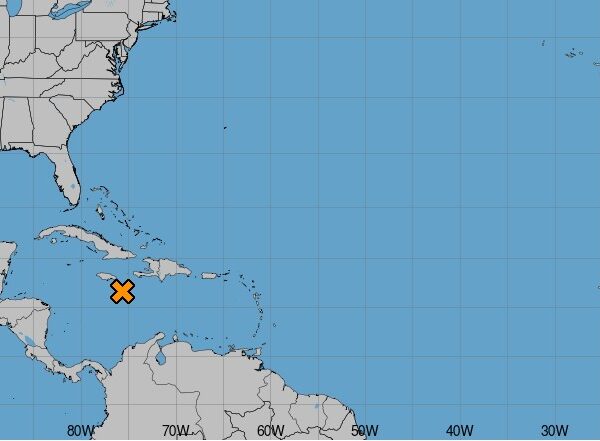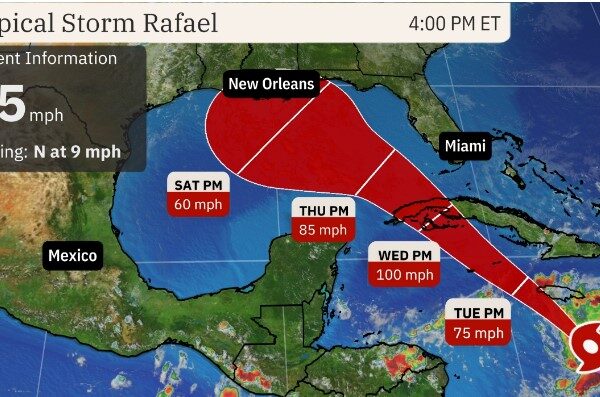
|
Getting your Trinity Audio player ready...
|
By ChatGPT
Living on an island can be a picturesque experience, with stunning views and a close connection to nature. However, it also comes with unique challenges, particularly when it comes to managing the risks of flooding. Residents in low-lying areas should be acutely aware of the potential for property damage during weather patterns that produce high tides and heavy rainfall. This article aims to explain why these areas are especially vulnerable and what can be done to mitigate the risks.
Why Low-Lying Areas Are Vulnerable
Geographical Positioning
Low-lying areas are defined by their elevation, often situated just above sea level. This positioning makes them particularly susceptible to flooding, especially during extreme weather events. When storms occur, the combination of high tides and heavy rainfall can lead to a surge in water levels that overwhelms these low-lying regions.
Storm Surges and High Tides
During storms, especially hurricanes or tropical storms, strong winds can push seawater inland, creating what is known as a storm surge. When this surge coincides with high tide, the results can be catastrophic. The water can inundate low-lying areas, leading to significant property damage and posing risks to residents’ safety.
Rainfall Accumulation
Heavy rainfall can exacerbate flooding in low-lying areas. As water accumulates, the ground may become saturated and unable to absorb additional moisture. This leads to surface runoff, which can quickly overwhelm drainage systems, causing flooding even in areas that are not directly adjacent to the coastline.
Sea-Level Rise
Over time, rising sea levels due to climate change have made low-lying areas increasingly at risk. Even minor increases in sea level can lead to more frequent flooding events, particularly during high tides and storms. Residents need to be aware that this is a long-term trend that will continue to affect their properties and safety.
Natural Barriers and Drainage
Many low-lying areas lack adequate natural barriers, such as dunes or mangroves, which can help absorb storm surges and protect against flooding. Additionally, if local drainage systems are poorly maintained or insufficient, they can become overwhelmed during severe weather events, leading to rapid flooding.
Preparing for Flood Risks
While the risks associated with living in low-lying areas are significant, there are steps residents can take to prepare and protect themselves:
1. Stay Informed
Keep track of weather forecasts, particularly during storm seasons. Local meteorological services provide valuable information that can help you prepare for potential flooding events.
2. Community Preparedness
Engage with local community groups focused on disaster preparedness. These organizations often hold workshops and provide resources to help residents understand flood risks and develop emergency plans.
3. Invest in Flood-Resistant Infrastructure
If you live in a low-lying area, consider retrofitting your home to be more flood-resistant. This can include raising electrical systems, installing sump pumps, and using flood-resistant materials in construction.
4. Create an Emergency Plan
Develop a family emergency plan that includes evacuation routes, communication strategies, and a kit with essentials you may need during a flood event. Ensure all family members are familiar with the plan.
5. Consider Insurance Options
Look into flood insurance policies, which can provide financial protection in the event of property damage caused by flooding. Standard homeowners’ insurance often does not cover flood damage, so it’s essential to seek specialized coverage.
Conclusion
Residents of low-lying areas on islands must understand the inherent risks posed by high tides and heavy rainfall. By being informed about the causes of flooding and taking proactive measures to prepare, you can protect your property and ensure the safety of your loved ones. While the beauty of island life is undeniable, it’s crucial to respect the power of nature and act accordingly to safeguard your home and community.







